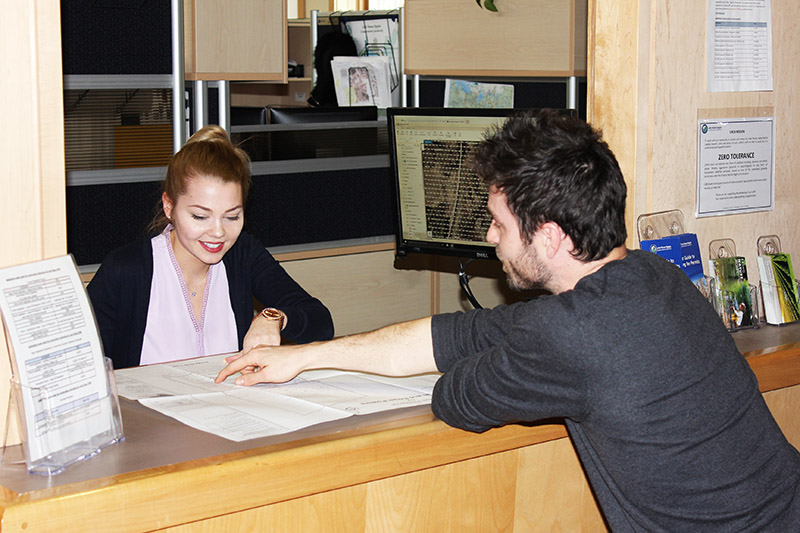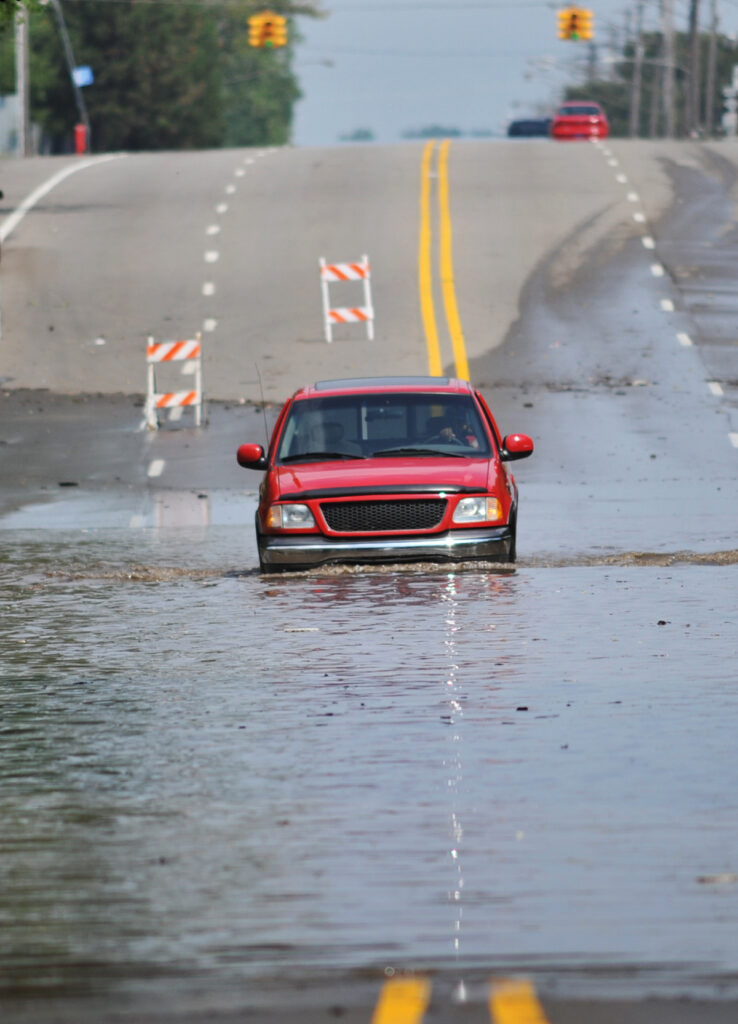
It’s time for the talk… the flood talk
A study released last year reveals that Canadians are largely unaware of the risks posed by flooding. The report, Canadian Voices on Changing Flood Risk, surveyed 2,300 people living in flood risk zones across Canada and found that 94% of them didn’t know they were at risk.
The reality is that even if you don’t live in a “flood risk zone”, there is no guarantee that some kind of flooding won’t impact you. In fact, floods are now the most costly natural disaster in Canada.
“Based on past experience, people often believe they can’t be flooded and therefore don’t prepare,” says Tom Hogenbirk, Manager of Engineering at Lake Simcoe Region Conservation Authority (LSRCA). “Climate change, increased development, aging infrastructure… all these factors contribute to the increased risk of flooding, even for those who have never experienced flooding before. So when people assume they don’t have to be prepared for flooding, they’re putting themselves at risk.” Tom oversees LSRCA’s flood risk management program and has the following advice.
Be aware and know your risk: Find out if you live in a flood risk area.

To see if your property is located within a regulated area, check our regulations maps. Remember though, if your property is in a regulated area, it doesn’t necessarily mean you’re in a flood zone. LSRCA regulates development for a number of reasons and only specially trained individuals can interpret the maps to identify why the area is regulated. To find out if you’re in a flood prone zone, you must call LSRCA at 905-895-1281 or visit in person at 120 Bayview Parkway in Newmarket. The office is open Monday to Friday, 8:30am – 4:30pm.
Expect the unexpected: Even people who don’t live in areas prone to flooding can get flooded.
Increasingly, overland flooding is happening in areas that have never flooded before. This is related to a number of factors including, climate change and the extreme weather events we now see, increased development, and our aging infrastructure.
Be Prepared: Have a plan in place in the event a flood warning is issued.
Every household should have an emergency plan in place. You and your family may not all be together when an emergency occurs. Plan how you will meet or contact one another and discuss what you would do in different situations. Also, make sure you have a 72 hour emergency kit on hand. Every kit should contain a number of basic items. LSRCA has online resources to help you build your own kit.
Take steps now to protect your property in the event of flooding.
There are steps you can take now to help lessen the chances of being flooded or to minimize the impact of loss if a flood does hit. Some of the steps you can take are simple, like keeping valuables out of your basement. Some require more effort, like installing a backwater valve to protect against sewer back-ups. The Institute for Catastrophic Loss has a great website with tips about protecting yourself from basement flooding.
Know the difference between flood insurance and government disaster assistance.
While many insurance companies offer sewer backup insurance, coverage for overland flooding has only been available to Canadians since 2015. Overland flooding insurance is intended to protect against water that enters your home from overflowing lakes and rivers. Most provinces will not provide disaster assistance if you have a flood and could have purchased overland flood insurance, but did not.
If there’s one thing you should do as a result of reading this article, it’s to call your insurance company
to understand your coverage.
Each province and territory offers a disaster relief program that is closely tied to (and receives funding from) the federal Disaster Financial Assistance Arrangements (DFAA). Programs are available for residents, small businesses, agricultural producers, and charities, and you are responsible for handling your claims on your own.
Don’t put yourself in danger: Know who to call and when.

Even though Tom and his team at LSRCA are not responsible for helping people deal with the aftermath of a flood, each time there is flooding, the calls come in. “These are the most challenging types of calls to deal with” Tom says. “It’s difficult to hear the anxiety in people’s voices, and it’s even harder to tell them there’s not a lot we can do. The reality is that our role is not emergency response or clean-up. Our job is to monitor conditions and send out notices to municipalities and emergency responders so they know where to dedicate their resources,” he adds.
Knowledge is power.
It’s important to stay safe in the event of flooding. Stay away from bridges and culverts and keep your pets
safe inside your home. If driving, never drive through flooded areas. It’s impossible to know if the ground has given away beneath the water, or how deep the water really is. Click here to access to a variety of resources to help you protect yourself and your family.
Our goal for providing this information about flooding is to help you understand your risk, learn ways to minimize damage, come up with a plan for you and your family, know who to call and when, and better understand how insurance works.
Contact Customer Service:
Phone: 905-895-1281
Toll Free: 1-800-465-0437
Email: info@LSRCA.on.ca
